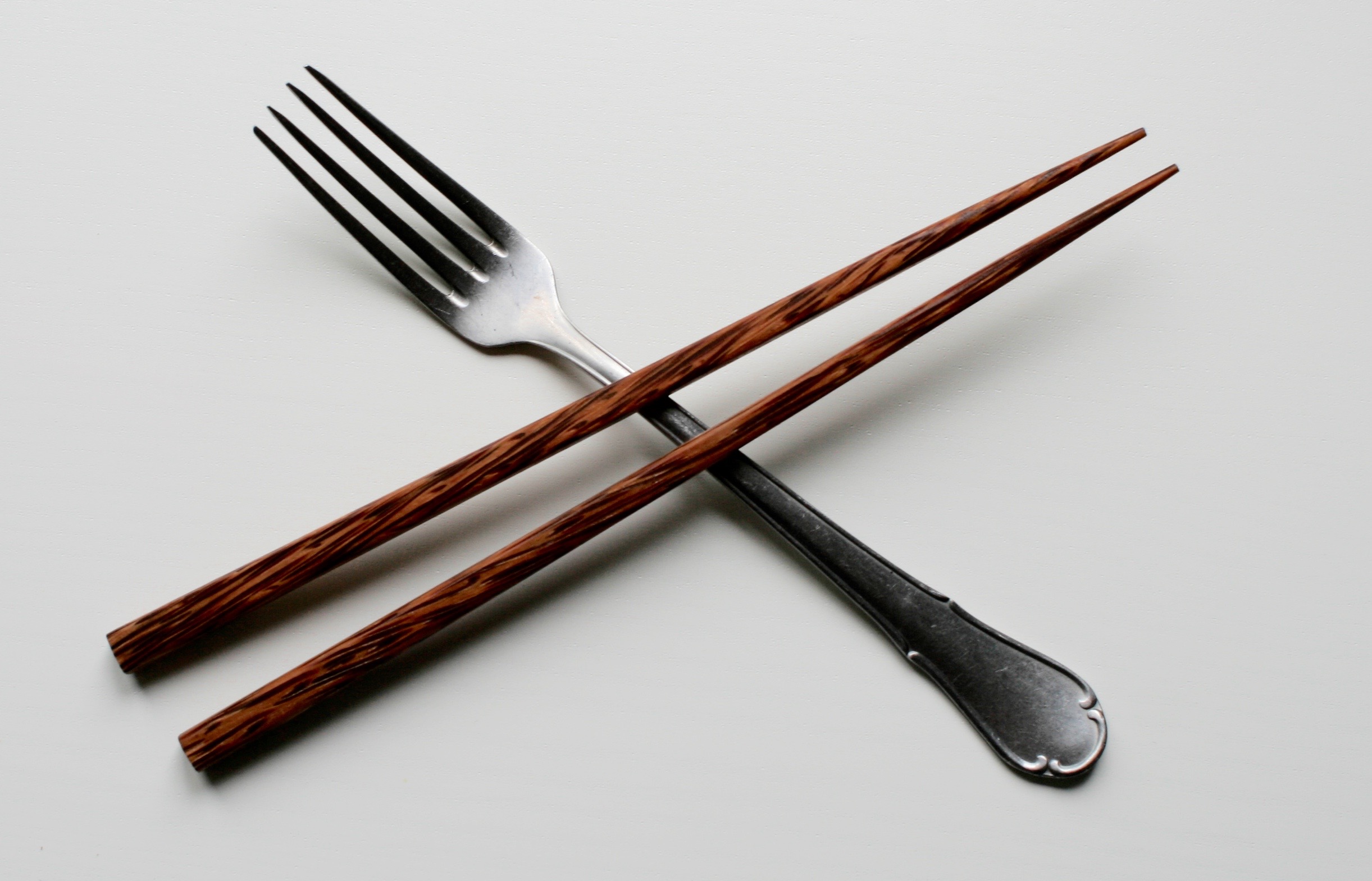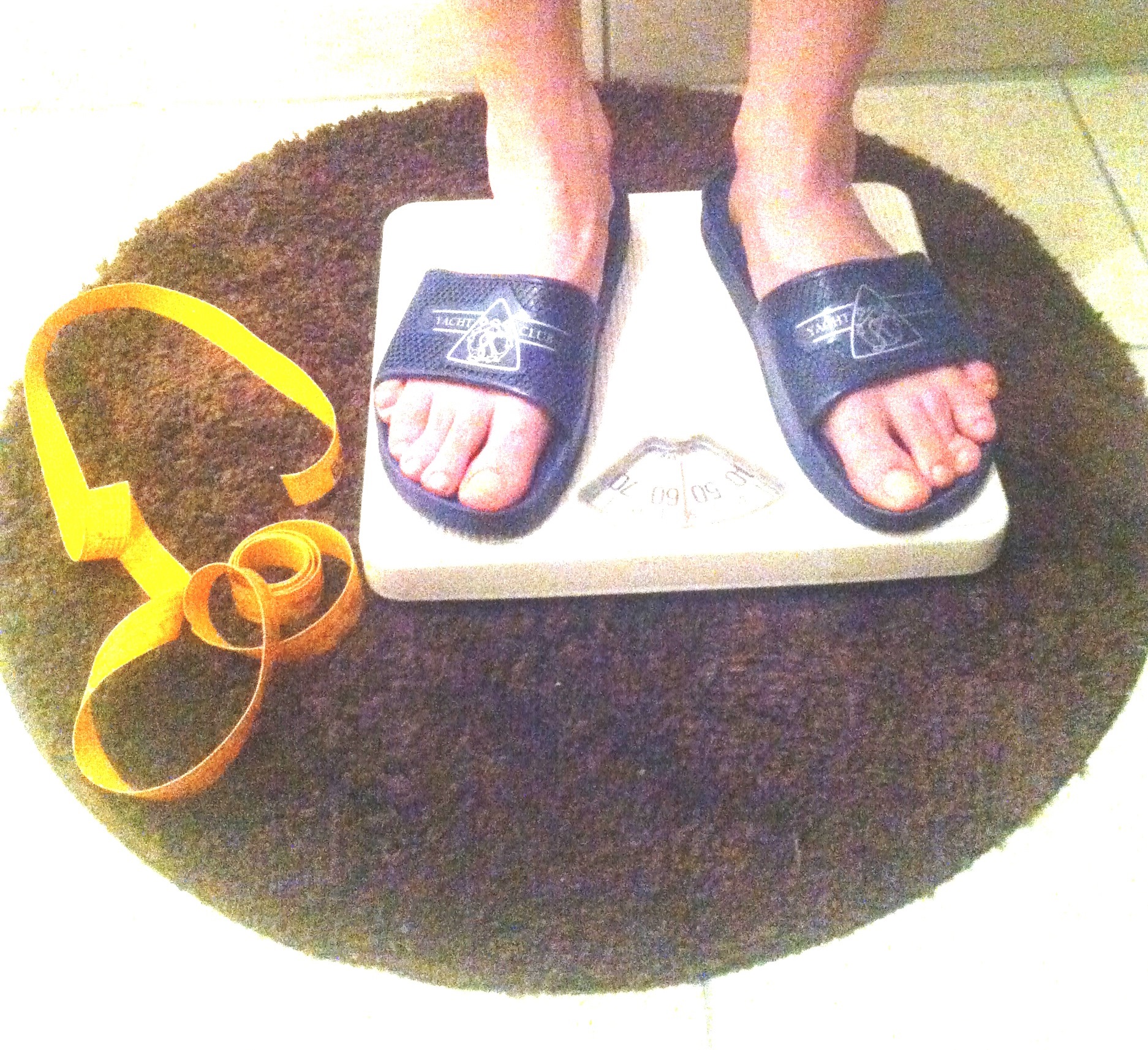Eating Right and Civil Rights: How Debates of Hunger in America Shifted from Disease and Delinquency to Civil Partaking

On March 27, 2015, the League of United Latin American Citizens (LULAC) issued a press release about a new campaign against hunger. It announced a partnership with the Tyson Foods Corporation and the Roadrunner Food Bank in Albuquerque, New Mexico to provide more proteins to Native American and Mexican American children. Neglecting commercial interest of the Tyson Food Corporation, the press release describes the campaign as neither an act of charity nor a political protest but as an educational act: eating right as an issue of self-advancement. Why feeding hungry children is also a civil rights issue, the blog of the Roadrunner Food Bank reveals: In the section “Stories from the hungry” we get to read about Michael. Michael (whose…



